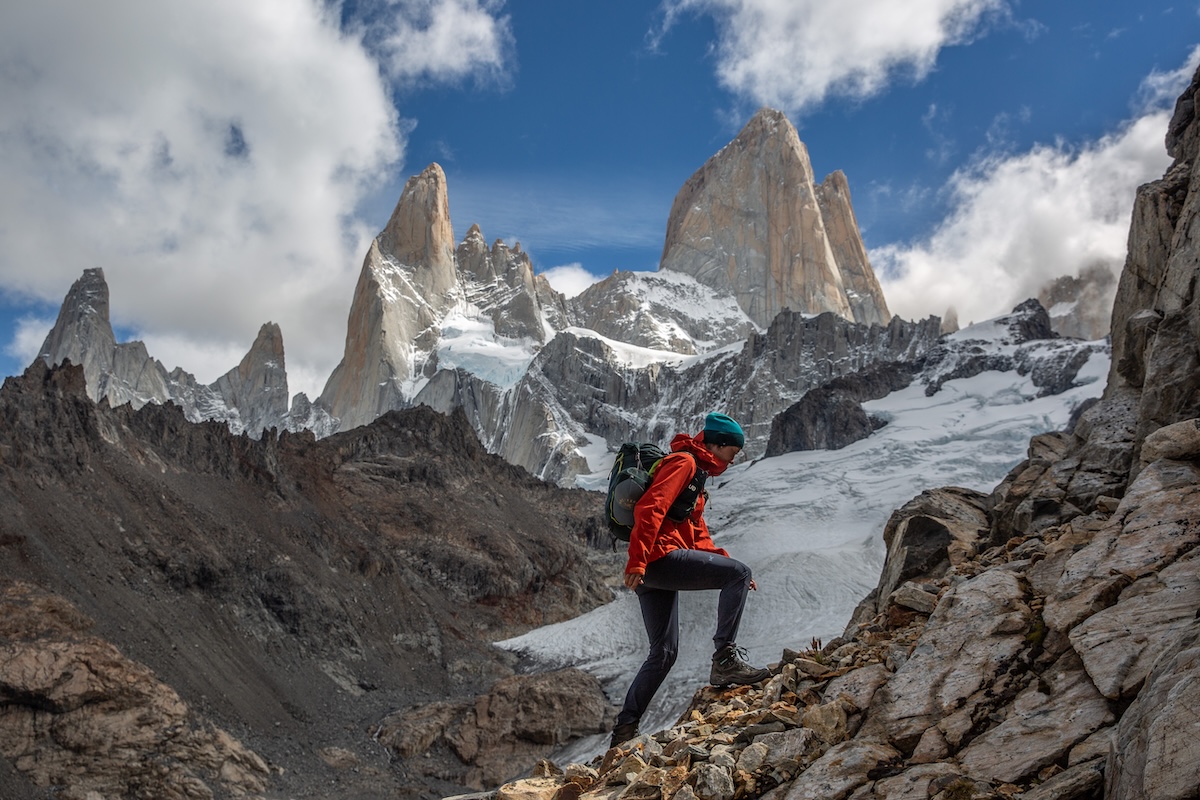
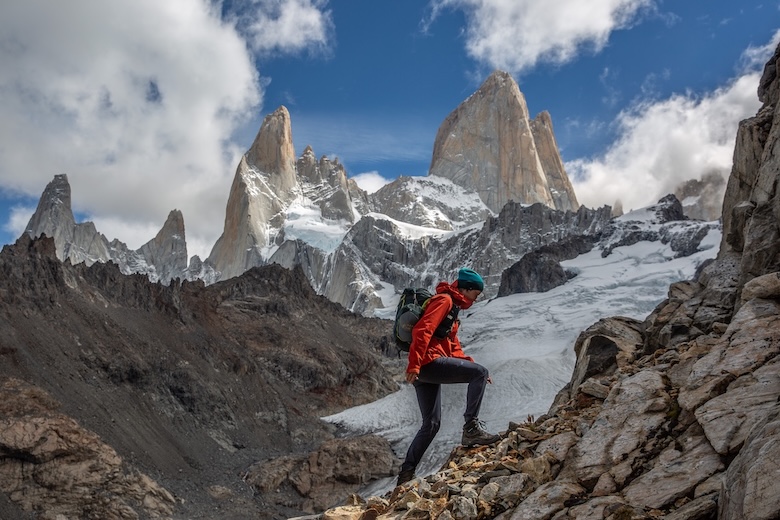
A day hike can be as simple as walking a well-maintained trail near your home or as complex as a dawn-to-dusk journey through a remote wilderness area. The items you bring may vary depending on the difficulty and length of the hike, but no matter how you travel, it’s always important to be prepared. Below we list the most important items for day hiking, including outdoor clothing and footwear, essential equipment like a daypack and trekking poles, and personal items and extras. For each category, we’ve pinpointed necessary items—along with our top picks—as well as optional gear. Finally, for all our product recommendations in one place, see our detailed hiking gear reviews.
| Clothing and Footwear | Equipment | Personal Items and Extras |
|---|---|---|
|
❒ Hiking shoes, boots, or trail runners ❒ Hiking socks ❒ Hiking pants or hiking shorts ❒ Hiking shirt or baselayer ❒ Rain jacket/windbreaker ❒ Sun protection shirt ❒ Down or synthetic jacket Optional: ❒ Gloves or mittens ❒ Warm hat or beanie ❒ Gaiters ❒ Neck gaiter |
❒ Daypack or hydration pack ❒ Water bottle or hydration bladder ❒ Trekking poles ❒ Headlamp ❒ Water filter or chemical treatment ❒ Satellite messenger
❒ Waterproof stuff sacks or pack liner ❒ Ultralight chair or sit pad ❒ GPS device ❒ Winter traction devices
|
❒ Food ❒ First aid kit ❒ Sunglasses ❒ Sunscreen ❒ Ball cap or sun hat ❒ SPF-rated lip balm ❒ Insect repellant ❒ Bathroom kit ❒ Hand sanitizer ❒ Basic repair kit ❒ Multitool or Swiss Army knife ❒ Bear spray ❒ Navigation ❒ Resealable bag for trash ❒ Notebook and pen/pencil ❒ Camera ❒ Emergency blanket or bivy ❒ Whistle ❒ ID, cards, and cash ❒ Forest Service/park pass (if required) |
Editor's note: The table above provides a brief overview of what you'll need to get outside, but our full PDF version is printable and offers a more comprehensive breakdown of the necessities and nice-to-haves.
See Our Day Hiking Checklist PDF
Whether you’re headed out for a quick afternoon jaunt on a local trail or waking up before dawn to summit a 14er, the clothing and footwear below covers what we bring on most hikes to ensure a comfortable and safe day out. We've also included a handful of optional items that may or may not be worth packing depending on factors like weather and trail conditions. And when applicable, we've included links to our gear round-ups where we break down our top picks for each category.
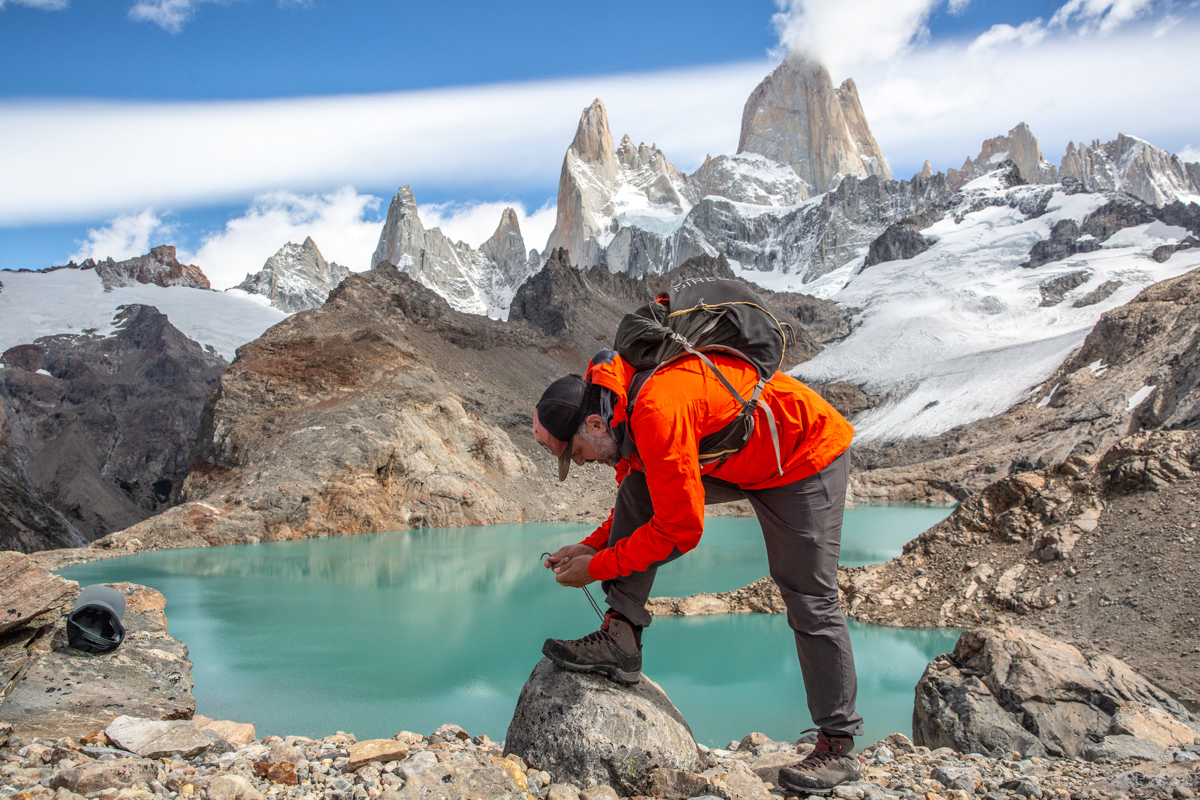
Our top pick: Salomon X Ultra 5 GTX ($170)
What we like: Well-rounded performance, reliable traction, and solid support and protection for a low-top hiker.
What we don’t: Quick-pull lacing system can make it tricky to customize fit; hiking boots (like Salomon’s X Ultra 5 Mid) provide more protection and support.
Our top pick: Darn Tough Hiker Micro Crew Cushion ($26)
What we like: Great all-day comfort and backed by Darn Tough’s lifetime guarantee.
What we don’t: For high-output or heart-of-summer use, we’d opt for a thinner design like Smartwool’s Run Zero Cushion.
Our top pick: Outdoor Research Ferrosi ($99)
What we like: A hard-to-beat combination of breathability, comfort, and durability.
What we don’t: Prana’s Stretch Zion pants crossover better into casual use and have an integrated belt.
Our top pick: Patagonia Capilene Cool Daily Shirt ($45)
What we like: Light and airy feel, breathes and wicks moisture well, holds up well over time.
What we don’t: For maximum odor resistance, we turn to merino wool designs like Smartwool’s Active Ultralite Short Sleeve.
Our top pick: Patagonia Torrentshell 3L Jacket ($179)
What we like: Reliable wet-weather performance and good looks at an excellent price.
What we don’t: If rain isn’t in the forecast, you can shave considerable weight and bulk by packing a windbreaker—like Patagonia’s 3.7-ounce Houdini—instead.
Our top pick: Mountain Hardwear Crater Lake Hoody ($72)
What we like: Buttery soft and stretchy; practical and protective feature set.
What we don’t: For hot-weather hiking, Outdoor Research’s Echo Hoodie is the better ventilator with a more porous fabric and looser cut.
Our top pick: Patagonia Down Sweater ($279)
What we like: Warm for the weight and built with Patagonia’s typical attention to detail.
What we don’t: If you anticipate hiking in wet conditions, a synthetic jacket like the Arc’teryx Atom is a safer bet (down loses its insulating abilities when wet).
Clothing is just one part of the equation, and equipment like your daypack and trekking poles can have just as much of an impact on your experience on the trail. Apart from the big-ticket items, you’ll also want to be sure to pack smaller necessities like a water filter or chemical treatment (e.g., tablets) and a headlamp. Finally, we can’t overstate the value of a satellite messenger for staying in touch with loved ones or calling for a rescue in an emergency, especially if you’ll be venturing into consequential terrain.
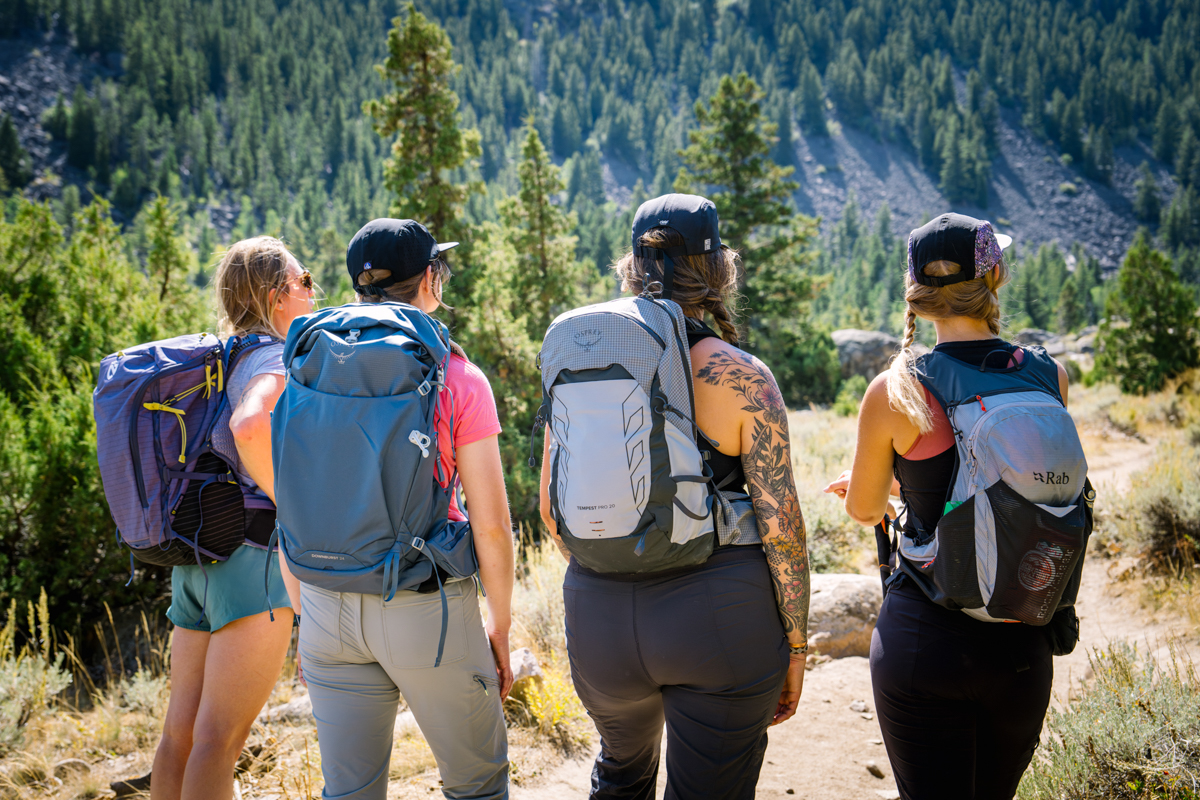
Our top pick: Osprey Talon 22 or Tempest 22 ($160)
What we like: Hits a real sweet spot in terms of comfort, breathability, organization, and weight.
What we don’t: For heavy loads, the Osprey Stratos or Sirrus offers more padding and support.
Our top pick: Nalgene Wide Mouth Sustain ($17)
What we like: A cheap, lightweight water bottle that stands the test of time.
What we don’t: Minimally insulated and too big to fit in a cup holder (and some pack side pockets).
Our top pick: Black Diamond Pursuit ($170)
What we like: Checks all the boxes for most hikers, including a reliable build, comfortable feel, and well-executed feature set.
What we don’t: If collapsibility is a priority, poles like the BD Distance Carbon Z pack down much smaller.
Our top pick: Petzl Actik Core ($85)
What we like: Ample brightness for most outdoor uses; runs on either AAAs or the included lithium-ion battery.
What we don’t: A bit too front-heavy for running—for that, we turn to Black Diamond’s sleeker Sprinter 500.
Our top pick: Sawyer Squeeze ($46)
What we like: The epitome of ultralight water treatment; fast and long-lasting.
What we don’t: The included pouches make water collection challenging and don’t hold up over time.
Our top pick: Garmin inReach Mini 2 ($400)
What we like: A dependable safety net in a light and diminutive package.
What we don’t: Expensive, especially when you factor in the activation fee and monthly subscription cost.
Most items on the checklist above are obvious hiking essentials that you probably won't leave behind, but there are a lot of smaller necessities and nice-to-have items worth considering each time you head out. Your final packing list will depend on factors like seasonality and the length and difficulty of your route, but it’s best to err on the side of comfort and safety by packing extra food, adequate protection against the elements and insects, and basic hygiene items.
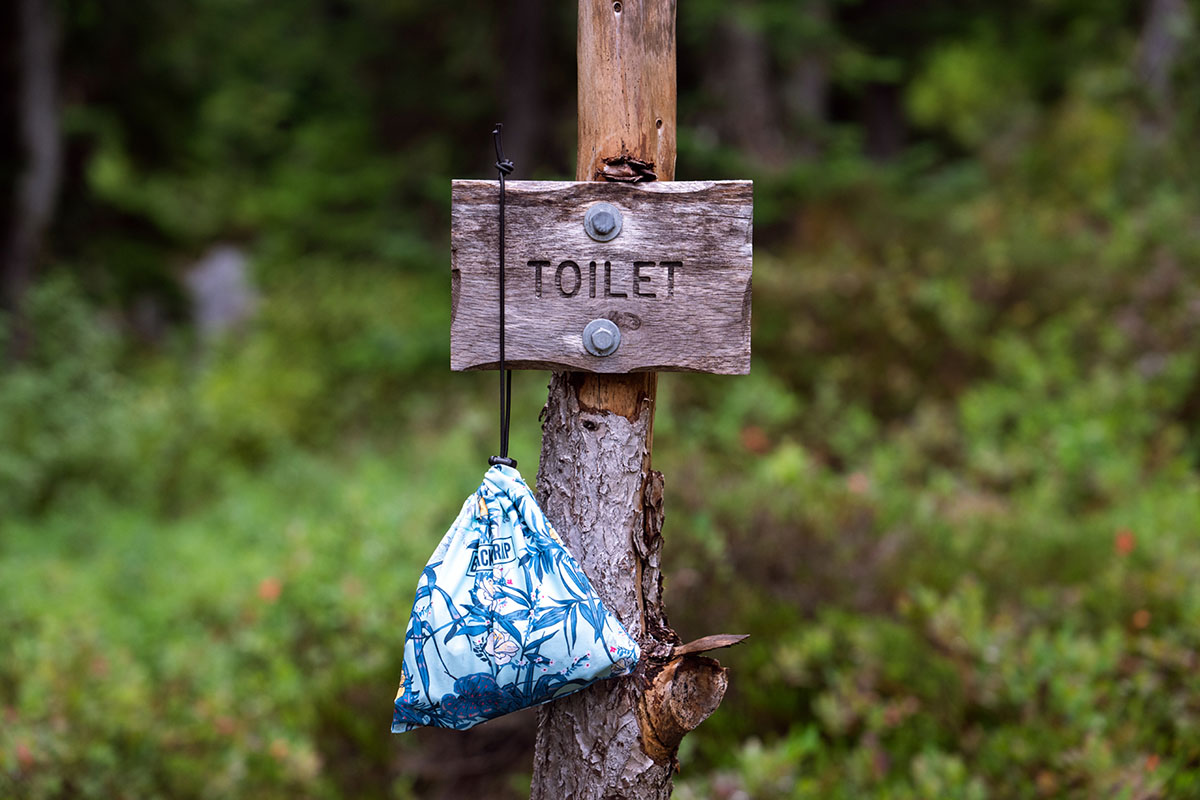
While the list above covers the basics for most day hikes, there may be other items to consider depending on the time of year and whether you’ll be hiking with kids and/or pets. Starting with seasonality: Most of us are predominantly fair-weather hikers, but those who like getting out in the winter months will need warmer and more protective gear, including a thicker hat and gloves or mittens, winter traction devices (or snowshoes in deep snow), and gaiters. On the flip side, some hikers prefer to wear lower-profile hiking sandals in the warmer months (especially in hot and dry climates like the Utah desert), which breathe better than closed-toed shoes and will be quicker to dry should you submerge them. If bugs are a factor, insect repellent and sometimes even a cinchable head net (like this one from Sea to Summit) are necessary for keeping pesky insects like flies and mosquitos at bay.
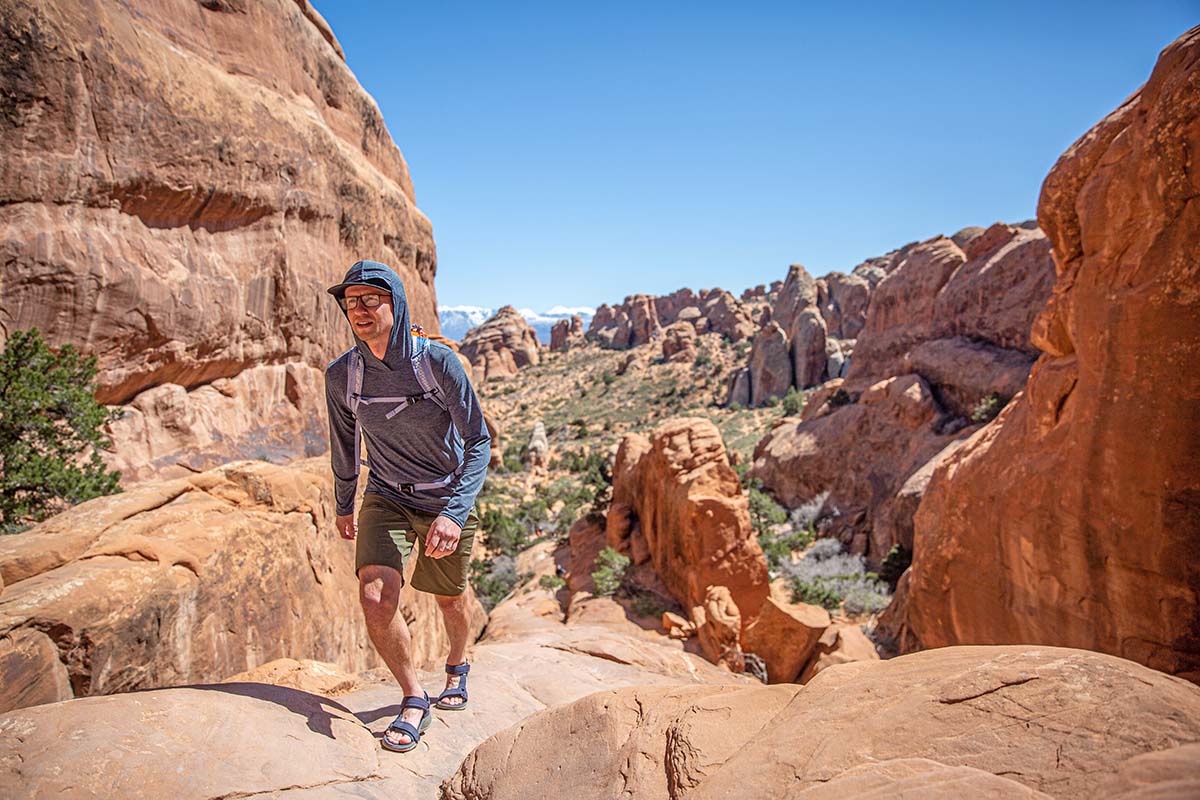
Finally, if you’ll be hiking with kids or pets, certain accessories and extras can go a long way toward maximizing overall comfort. For kids, it’s always a good idea to pack tasty and easy-to-consume snacks like Goldfish, fruit snacks, and trail mix. Wet wipes are great for wiping down and cleaning hands after meals, and you may also want to consider leaving an extra set of clothes in the car for your kids to change into post-hike—especially if you expect conditions to be wet or muddy. For pets, we love collapsible bowls for water and food, and you’ll need a way to deal with the ensuing waste (e.g., plastic bags). Finally, consider safety items like reflective accessories and cold-weather gear like booties and insulated clothing depending on conditions. Ruffwear makes some of our favorite dog gear and accessories on the market, from storage-equipped packs to life jackets and even a Swamp Cooler Vest for warm-weather hikes.
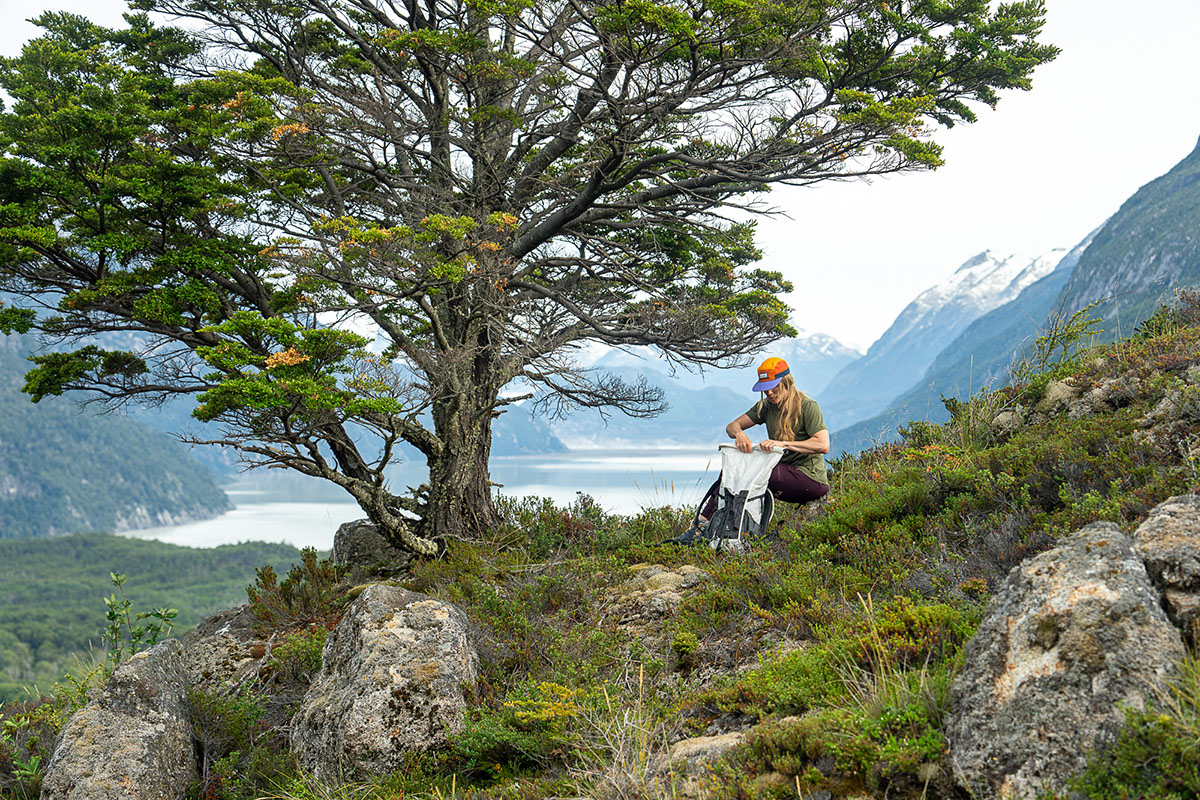
Although much of this gear can be found online, we first recommend visiting your local gear shop or consignment store. There’s simply no substitute for looking at items up close, trying on clothing, backpacks, and footwear, and receiving personal advice from the experts. If you do choose to shop online, REI Co-op and Backcountry are two of the most reliable retailers when it comes to hiking gear. Both have impressive selections, provide free shipping on orders over $60 and $69 respectively (note: REI members get free shipping regardless of the total), and offer generous return and exchange policies. As a bonus, REI has hundreds of brick-and-mortar stores across the country, which makes it easy to try on before you buy or pick up your order in-store. Finally, for cheaper items and those who need gear quickly, it’s hard to beat Amazon and the sheer volume of their inventory, but this is almost always our last choice.
Back to Our Day Hiking Checklist See Our Hiking Gear Reviews